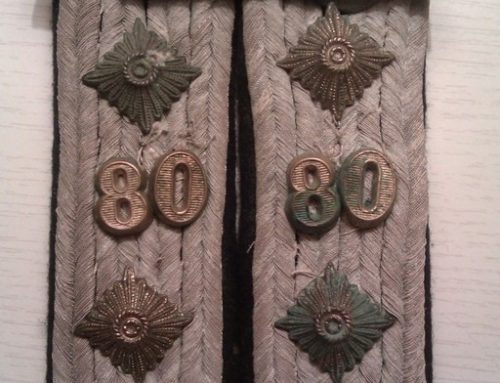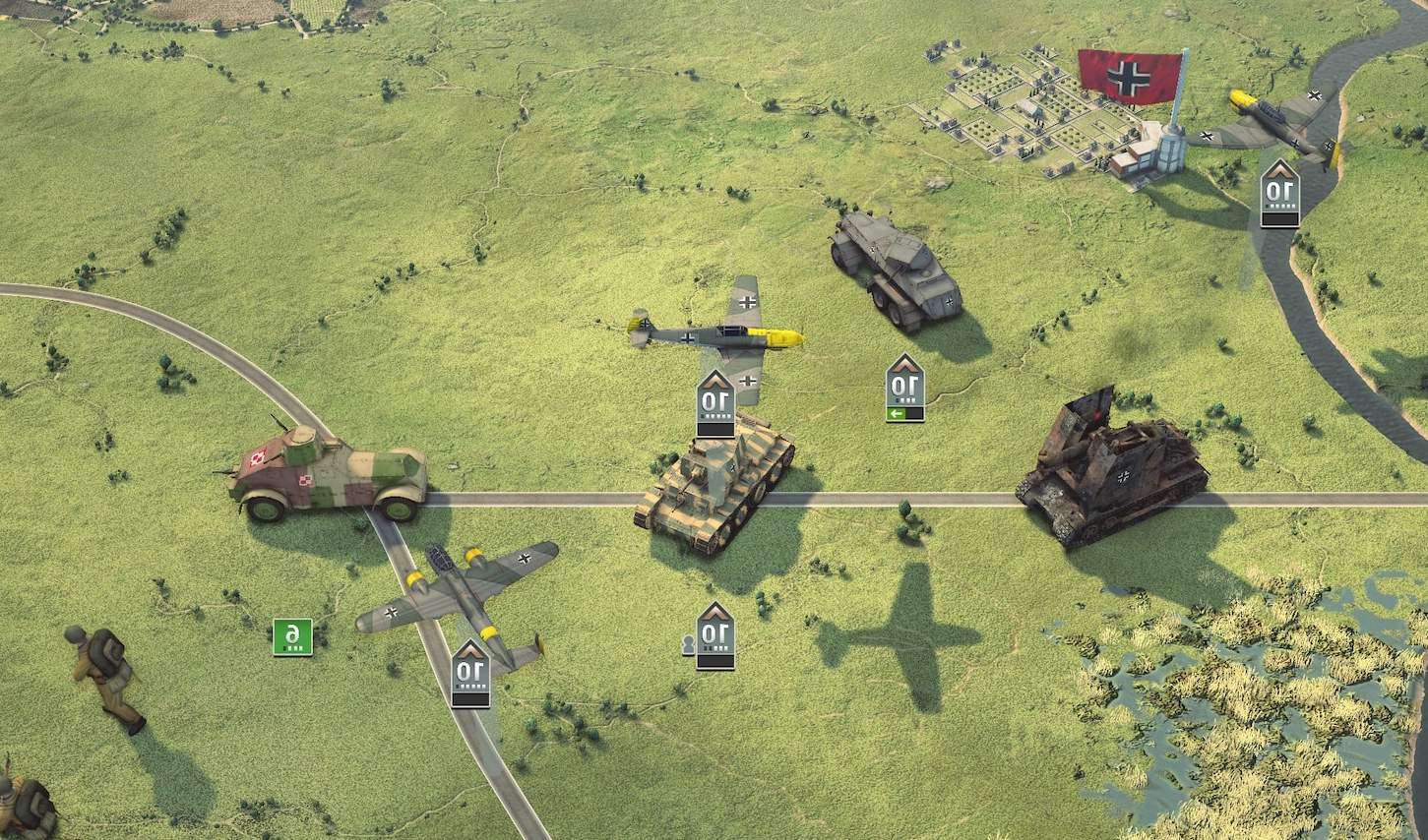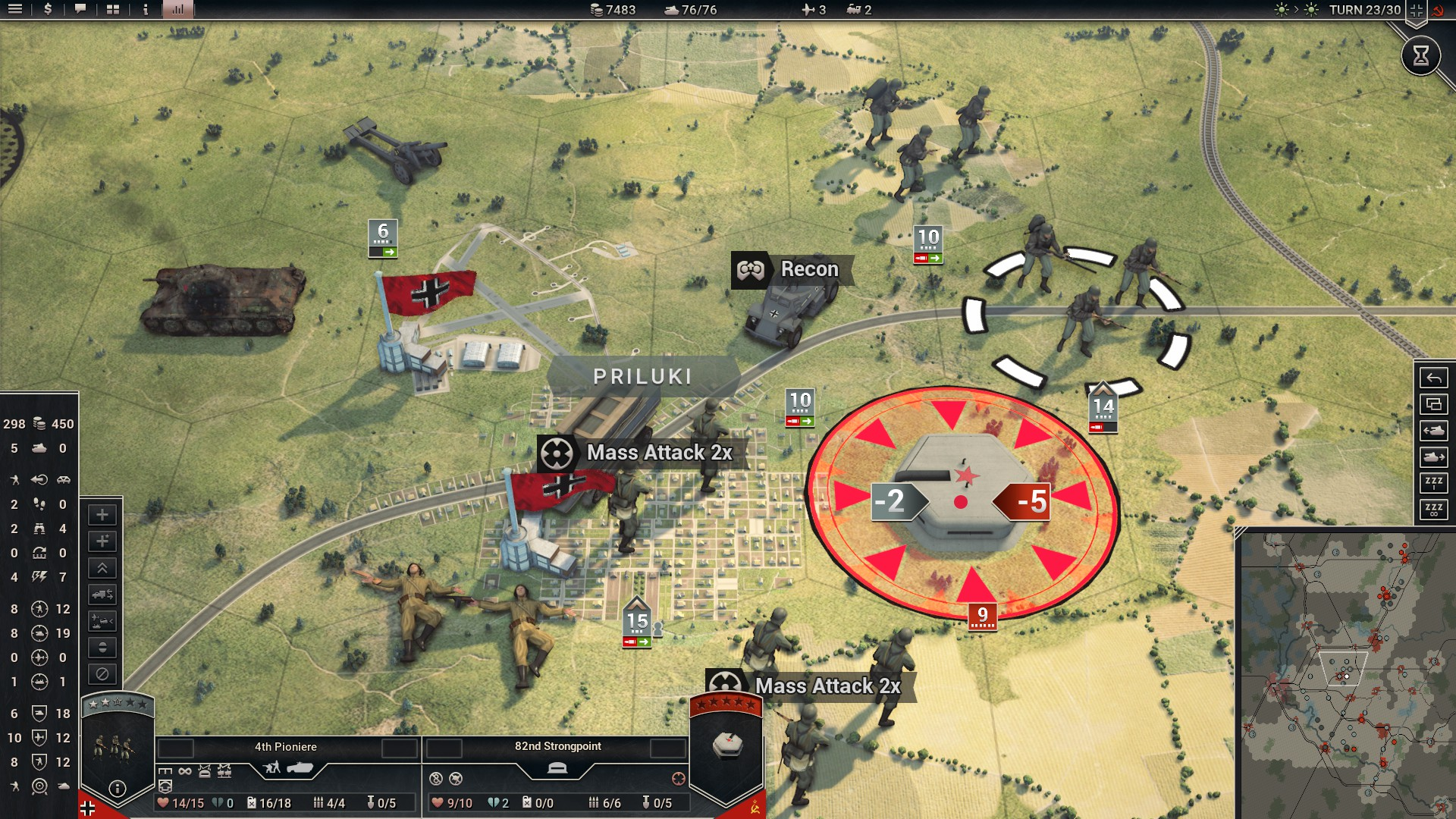

#PANZER CORPS 2 ENCIRCLEMENT PATCH#
This Fuehrer compound at Vinnitsa, code-named Werwolf, in contrast to the fortress-like Wolfsschanze, consisted, except for two concrete bunkers, of prefabricated wooden buildings erected in a patch of pine forest half-a-dozen miles outside the town. 4Ī day later, Hitler shifted the Fuehrer Headquarters from East Prussia to Vinnitsa in the western Ukraine. From the line between Kamensk-Shakhtinskiy and Morozovsk, it would drop south to the Don, take bridgeheads at Konstantinovskiy and Tsimlyanskiy, and prepare to run along the south bank of the Don westward toward Rostov. Fourth Panzer Army, running parallel to First Panzer east of the Donets, would keep its main weight on its right flank, but (as Bock had proposed) would let its left sweep east to Morozovsk.

First Panzer Army was to turn south, cross the Donets at Kamensk-Shakhtinskiy, and bear in on Rostov from the northeast. Sixth Army's missions would be to establish a front on the Don from northeast of Meshkovskaya to Pavlovsk and to turn over all units not needed to do this to Fourth Panzer Army.

Field Marshal Keitel, chief of the OKW, had not exaggerated when he had told Bock that Army Group B was being shut down. The whole offensive was to be reoriented to the south and somewhat to the west to accomplish one grand encirclement inside the great bend of the Don. The orders did not mention Stalingrad, the original B LAU III objective. B LAU II had died, and B LAU III was forgotten. Late in the night on 13 July, Army Groups A and B received orders "for continuing operations on the lower Don." The objective would be to prevent South Front and whatever was left of Southwest Front from escaping by closing the line of the Don down to Rostov. General Kleist put First Panzer Army, after six days, at 30 percent of its optimum efficiency, but it had started at below 40 percent because most of its troop and equipment replacements Their main deficiencies were mechanical breakdowns and fuel shortages. After better than two weeks in action, General Hoth, the commander of Fourth Panzer Army, rated the condition of his motorized and panzer divisions and the Grossdeutschland Division as very good. One thing the German armies did have was command of the field, and that at a low price. They were turned over to South Front, but after the Germans reached Millerovo it had troubles enough of its own and did not succeed in establishing contact with any of them except Ninth Army. Southwest Front which had its headquarters east of the Don, had lost control of its armies. Twenty-fourth Army, South Front's reserve army, made a feeble and short-lived attempt to stand at Millerovo on the 13th. Shoulder to shoulder, First and Fourth Panzer Armies were punching into thin air. Tactically, what Field Marshal Bock had predicted was happening Army Group A was developing a knot of mostly superfluous armored muscle around Millerovo and on a line to the south. The most remarkable capture was twenty-two trainloads of American and British lend-lease tanks and supplies taken on the railroad between Millerovo and Kamensk-Shakhtinskiy. It certainly took as many, and it may have taken two or three times as many nevertheless, the greater part of the potential catch escaped. ( Map 31.) Fourth Panzer Army reported 21,000 prisoners taken, First Panzer did not stop to count.

With gaps in all directions, the armies were slicing through, not enveloping, the enemy. During the day on the 15th, First Panzer's 14th Panzer Division and Fourth Panzer's 3d Panzer Division met south of Millerovo thereby technically completing the encirclement, but they did not form a pocket. Others slipped through or veered south away from the onslaught. In the melee, some were dispersed and some smashed. Within a 25-mile radius of Millerovo, First and Fourth Panzer Armies' tanks hit line after line of Soviet columns headed east. HyperWar: Moscow To Stalingrad: Decision In The East Chapter XVIIī LAU II/C LAUSEWITZ, such as it had been, came to an end between 13 and 15 July under clouds and in oppressive heat broken by intermittent rainstorms that settled the dust over the moving columns but turned the ground beneath them to mud.


 0 kommentar(er)
0 kommentar(er)
